Discover the world of Calathea plants, from popular varieties to expert care tips. Learn how to cultivate these stunning prayer plants and create your own botanical paradise.
Calathea plants, also known as prayer plants, are nature’s living artwork. With their striking patterns and vibrant colors, these tropical beauties can transform any space into a lush oasis. In this guide, we’ll explore the diverse world of Calatheas, their care requirements, and how to showcase them in your home.
Here’s a detailed chart with information on Calathea plants:
| Category | Information |
|---|---|
| Botanical Name | Calathea spp. |
| Common Name | Calathea, Prayer Plant |
| Plant Type | Perennial, Evergreen |
| Hardiness Zone | USDA Zones 10-12 (typically grown as an indoor plant in cooler climates) |
| Sun Exposure | Indirect light (bright to medium) |
| Soil Type | Well-drained, peat-based potting mix |
| Watering | Moderate to high (keep soil consistently moist but not soggy) |
| Growth Habit | Clumping, bushy |
| Height/Spread | 1-3 feet tall, 1-2 feet wide |
| Special Features | Striking foliage with unique patterns and colors, low-light tolerant, non-toxic to pets, leaves fold up at night (hence the name “Prayer Plant”) |
What are Calathea Plants?
Calathea plants belong to the Marantaceae family and are native to the tropical Americas. They’re famous for their:
- Stunning leaf patterns
- Vibrant colors
- Daily leaf movements (hence the name “prayer plant”)
These plants are not just beautiful; they’re also natural air purifiers, making them perfect for indoor spaces.
Popular Calathea Varieties
The Calathea family offers a wide range of stunning varieties. Here are some favorites:
1. Calathea Orbifolia
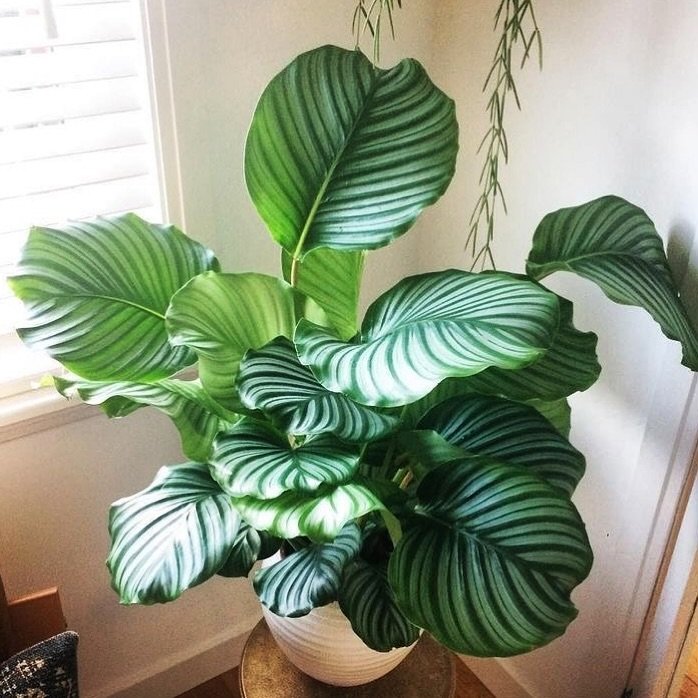
Known for its large, round leaves with silvery-green stripes, the Orbifolia is a true showstopper. It needs:
- High humidity
- Indirect light
- Consistent moisture
2. Calathea Medallion
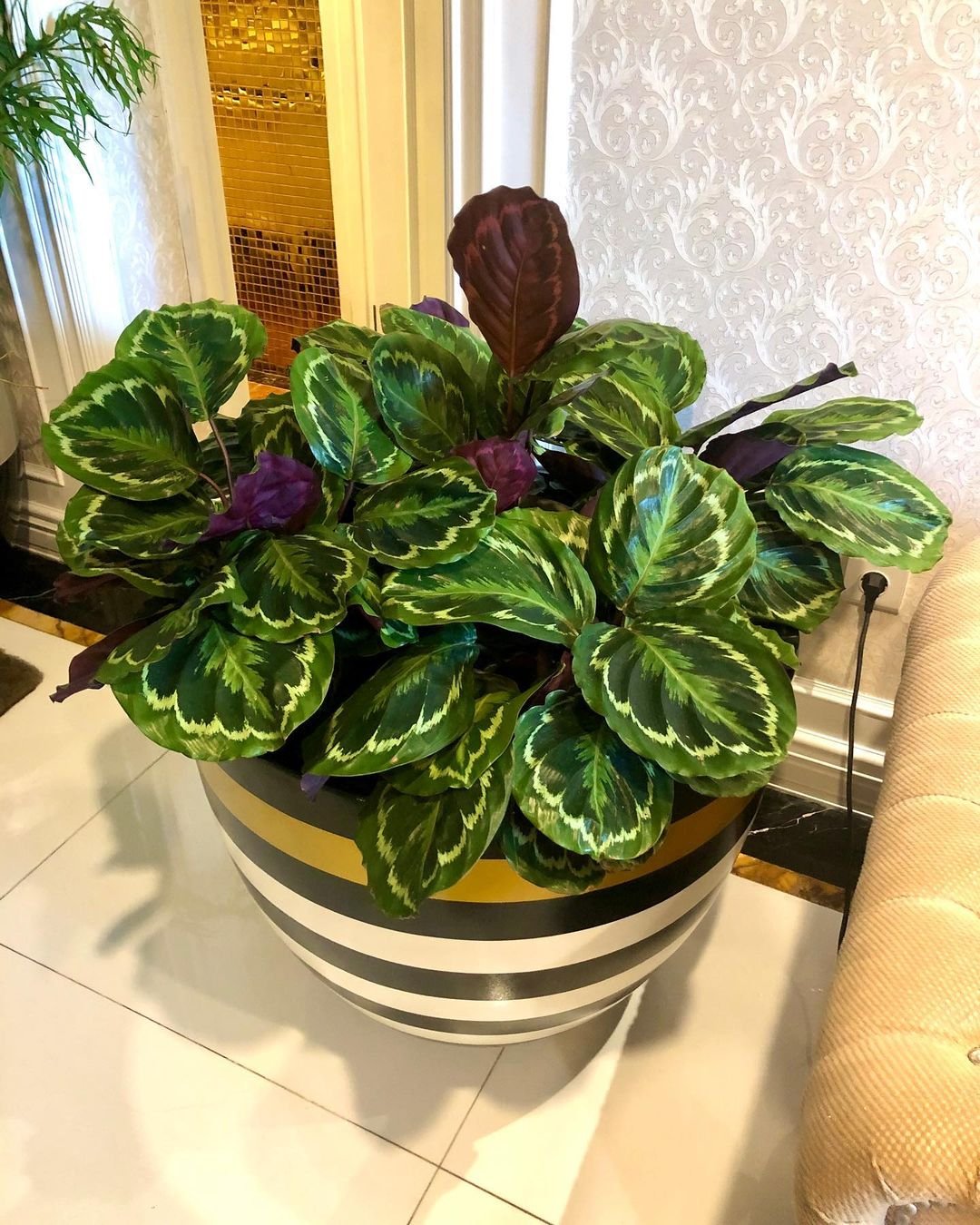
This variety features dark green leaves with feather-like patterns. It’s:
- Compact
- Great for smaller spaces
- Relatively easy to care for
3. Calathea Makoyana (Peacock Plant)
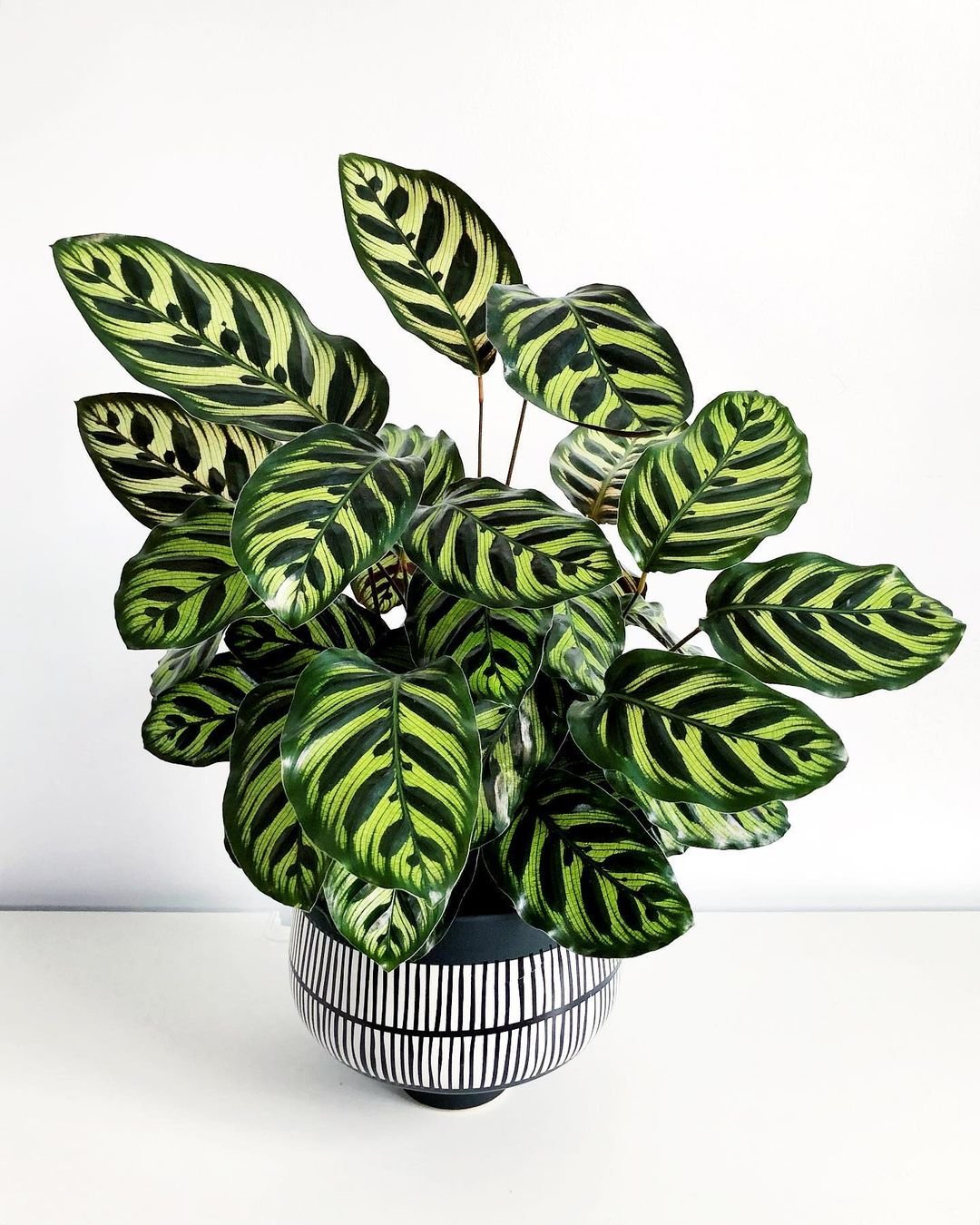
The Peacock Plant has oval leaves with dark green borders and light green centers. It:
- Prefers low to medium light
- Needs high humidity
- Makes a great tabletop plant
4. Calathea Lancifolia (Rattlesnake Plant)
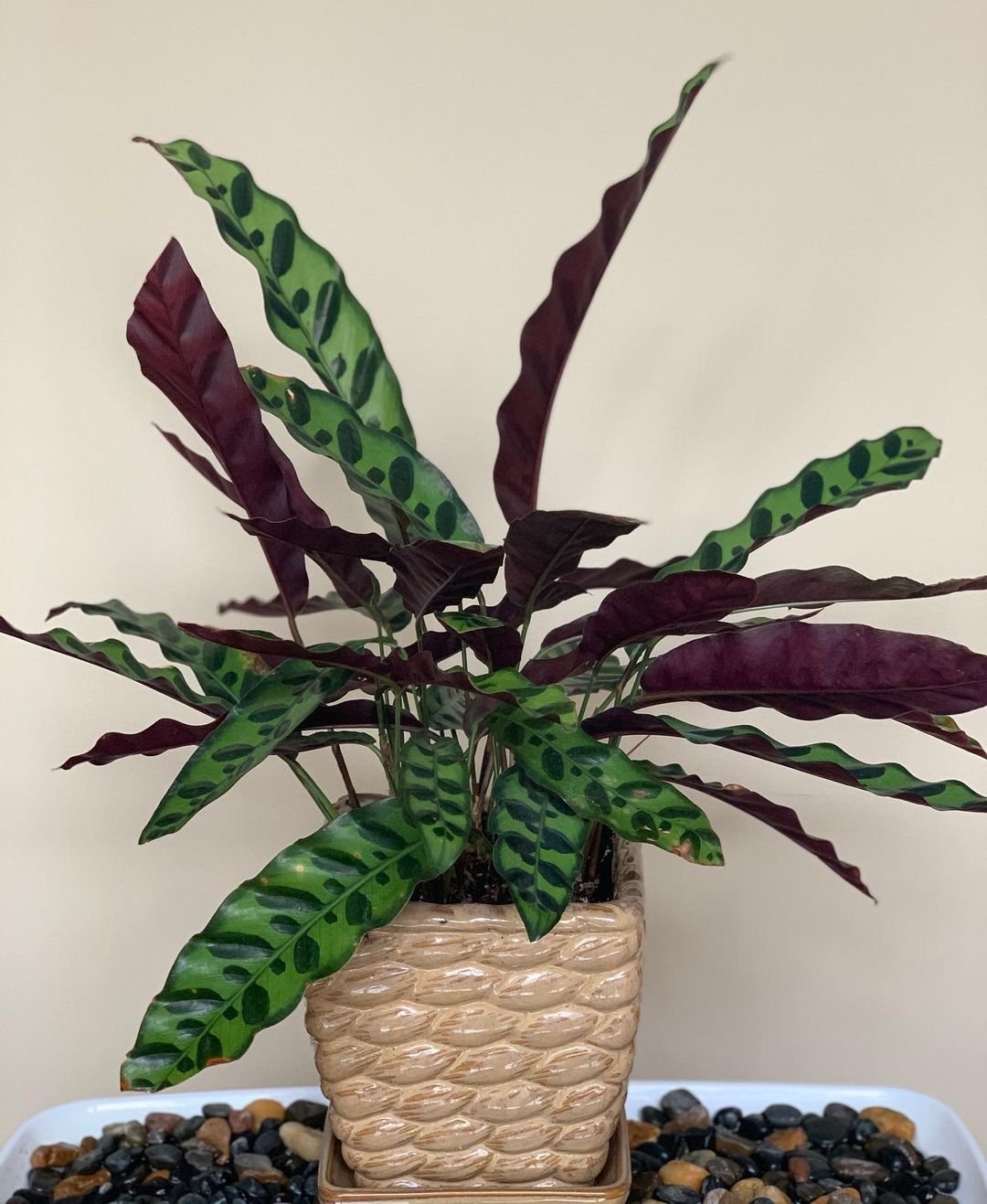
With long, wavy leaves featuring dark green spots, this plant resembles a rattlesnake’s tail. It:
- Tolerates lower light conditions
- Is more forgiving with watering
- Adds a unique texture to plant collections
5. Calathea White Fusion
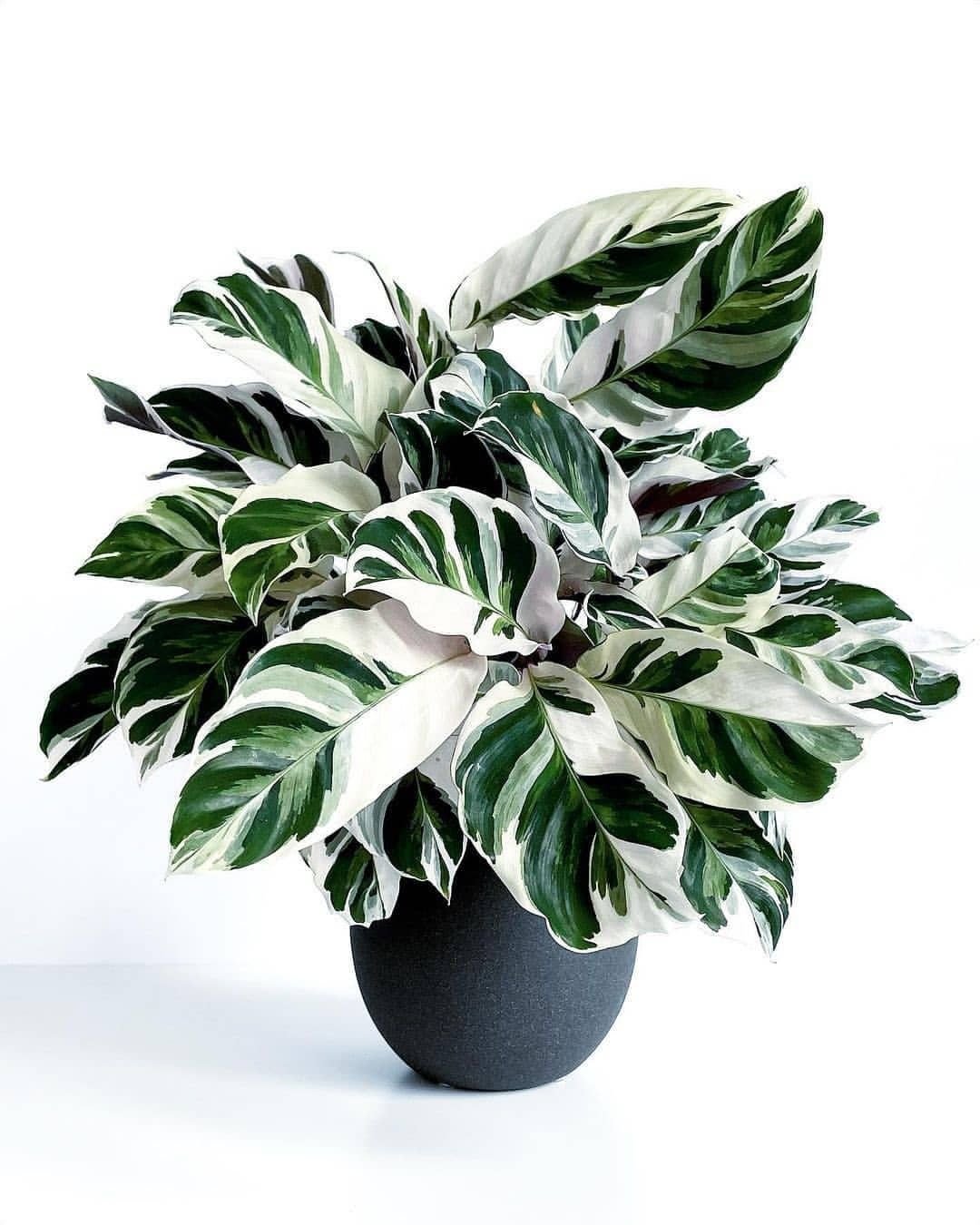
This rare beauty has green leaves with white variegation and purple undersides. It requires:
- Consistent humidity
- Filtered light
- Protection from drafts
Caring for Your Calathea
While Calatheas can be a bit demanding, their beauty is worth the effort.
Here’s how to keep them thriving:
Light
Calatheas prefer bright, indirect light. Too much direct sun can fade their colors and burn their leaves. If the leaves start to curl, it might be getting too much light.
Water
These plants like consistently moist soil, but not waterlogged. To water your Calathea:
- Water when the top inch of soil feels dry
- Use room temperature, filtered water if possible
- Ensure good drainage to prevent root rot
Humidity
High humidity is crucial for Calatheas. To increase humidity:
- Use a pebble tray with water
- Group plants together
- Run a humidifier nearby
Soil
Use a well-draining, peat-based potting mix. You can make your own by mixing:
- 2 parts peat moss or coco coir
- 1 part perlite
- 1 part orchid bark
Temperature
Calatheas thrive in warm environments between 65-80°F (18-27°C). Protect them from cold drafts and sudden temperature changes.
Fertilizer
Feed your Calathea monthly during the growing season with a balanced, water-soluble fertilizer diluted to half strength.
Common Calathea Problems and Solutions
Even with proper care, Calatheas can face some issues:
Crispy Leaf Edges
This is often due to low humidity or using tap water. Increase humidity and use filtered water.
Yellowing Leaves
This could be from overwatering or poor drainage. Check the soil moisture and ensure the pot has drainage holes.
Curling Leaves
Curling can indicate underwatering or too much light. Adjust watering and light levels as needed.
Pest Infestations
Calatheas can attract spider mites and mealybugs. Treat with neem oil or insecticidal soap.
Styling Your Calathea
Calatheas are not just plants; they’re living decor. Here are some ideas to showcase them:
- Group different Calathea varieties for a lush, tropical display
- Use them as standalone statement pieces on side tables or shelves
- Pair them with other tropical plants like Monsteras or Philodendrons
- Place them in decorative pots that complement their leaf colors
Propagating Calatheas
While not as easy to propagate as some plants, you can multiply your Calathea collection by division:
- Remove the plant from its pot
- Gently separate the roots, ensuring each section has healthy roots and leaves
- Pot each division in fresh soil
- Keep the new plants warm and humid while they establish
Calatheas are truly the couture of the plant world, offering unparalleled beauty and sophistication. While they may require a bit more attention than some houseplants, the reward is a stunning, ever-changing display of nature’s artistry. With proper care and a little patience, you can create your own botanic bliss with these magnificent prayer plants.
Remember, each Calathea variety has its own unique personality and needs. Observe your plants closely, and don’t be afraid to adjust your care routine as needed. Happy growing, and enjoy your Calathea couture!

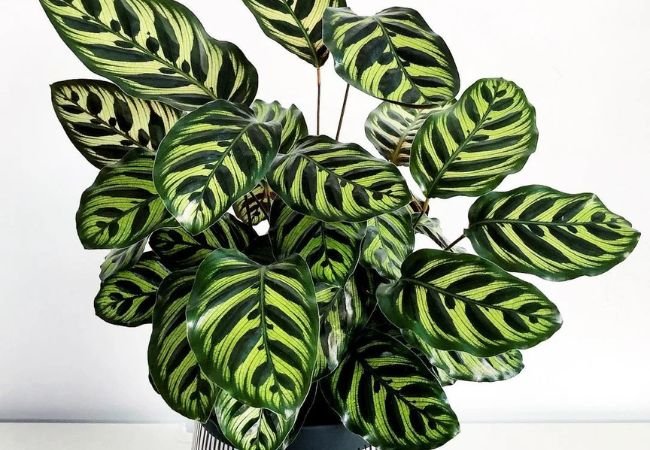

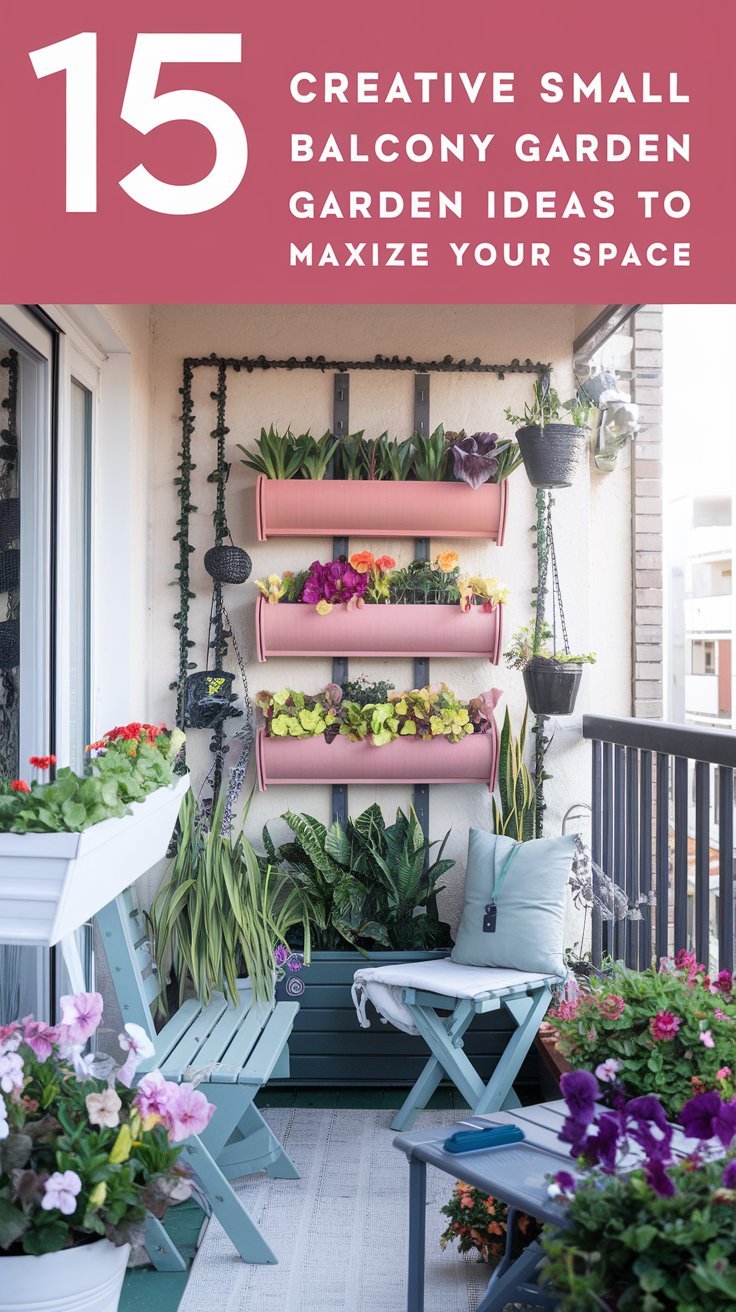




Leave a Reply